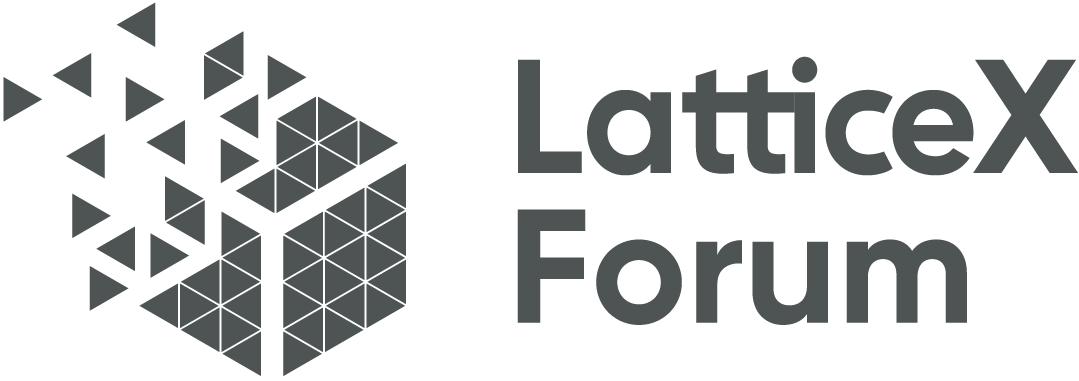PPoS adopts the Stacking economic model
The PPoS economic model can be interpreted as a tool for analyzing and measuring policy effectiveness. This model is based on economic theories and principles, and helps policymakers make wise decisions by analyzing policy objectives, strategies, opportunity identification, and evaluation adjustments.
The Stacking economic model is an economic model in the cryptocurrency field that is based on holding and locking a certain number of tokens (or equity) to gain benefits and rewards. As a mechanism that enables token holders to interact with network security and ecosystem operations, the Stacking economy model has become increasingly popular in the blockchain industry. Here are some key points of the Stacking economy model:
-
Proof of Stake: The Stacking economic model is based on a proof of stake mechanism, which is in contrast to the traditional proof of work mechanism. In proof of stake, the accounting and verification rights on the chain are no longer determined by the computational power required to solve complex mathematical problems, but by the equity pledgors who hold and lock the number of tokens. This allows token holders to participate in the consensus process and receive rewards.
-
Pledge and lock in: In the Stacking model, participants pledge or lock a certain number of tokens in their wallets in the network to demonstrate their commitment and participation in the network. Usually, pledged tokens will be frozen for a period of time, during which they cannot be used or traded.
-
reward mechanism: In order to encourage token holders to participate in equity pledge, they will receive corresponding rewards. These rewards can be the issuance of new tokens, dividends from payment of fees, or other forms of income. The size of the reward is usually proportional to the number of locked tokens, encouraging users to pledge more tokens to obtain larger rewards.
-
Penalty mechanism: In the Stacking economic model, participants are required to abide by the rules and guidelines of the network, otherwise they will face punishment mechanisms, such as the confiscation of some or all pledged tokens. This mechanism aims to ensure the security and stability of the network.
-
Network governance: Stacking models often introduce a form of network governance capability, where token holders influence network decisions and development through voting rights. This can include voting for verification nodes, developing protocols to update or change network parameters, etc.
